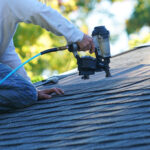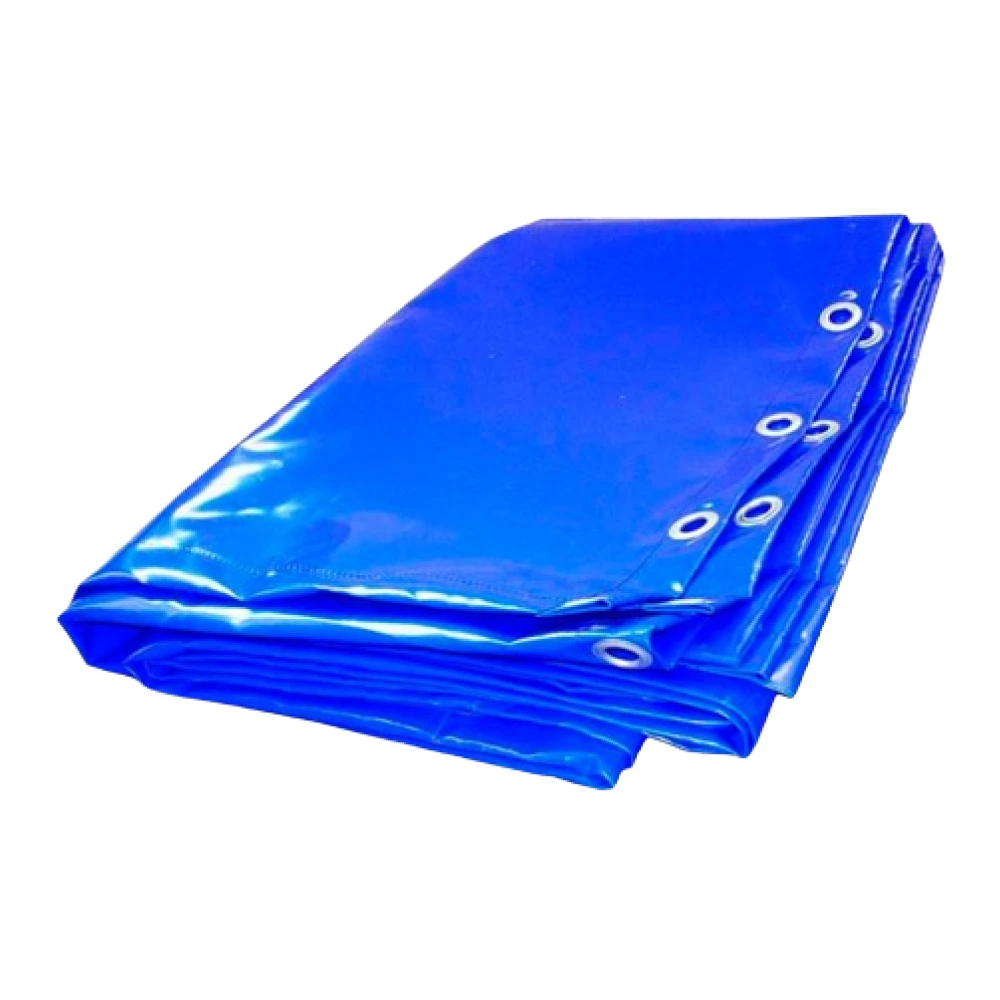Storms can wreak havoc on your outdoor space, causing damage to your belongings and disrupting your plans. To safeguard your valuable items and ensure peace of mind during inclement weather, it’s crucial to storm-proof your outdoor space effectively. One of the most reliable methods of protection is utilizing Tarpaulin. In this comprehensive guide, we will delve into the world of Tarpaulin protection, offering valuable insights, tips, and tricks to help you storm-proof your outdoor space. Discover the ultimate guide to Tarpaulin protection and keep your belongings safe and secure in any weather.
The Importance of Storm-Proofing Your Outdoor Space
Storms can be unpredictable, and their impact on your outdoor space can be devastating. From heavy rain and strong winds to hail and snow, various weather elements can pose a threat to your belongings. By storm-proofing your outdoor space, you take proactive measures to minimize the risks associated with severe weather conditions. Tarpaulin are versatile tools that offer excellent protection against moisture, UV rays, and physical damage. By properly utilizing Tarpaulin, you can shield your possessions from harm and ensure their longevity.
Storm-Proof Your Outdoor Space: The Ultimate Guide to Tarpaulin Protection
Understanding Tarpaulin
Tarpaulins, commonly known as tarps, are durable, waterproof sheets made from materials such as polyethylene or canvas. They come in various sizes and thicknesses, offering flexibility and adaptability for different purposes. Tarpaulins are designed to resist tearing, UV degradation, and mildew growth, making them ideal for outdoor use. Whether you need to cover furniture, vehicles, or equipment, Tarpaulin provide reliable protection against adverse weather conditions.
Choosing the Right Tarpaulin
Selecting the appropriate Tarpaulin is crucial to ensure effective storm-proofing. Consider the following factors when choosing a Tarpaulin for your outdoor space:
- Size: Measure the area you need to cover and choose a Tarpaulin that provides ample coverage.
- Material: Determine the material that suits your specific needs. Polyethylene tarps are lightweight, affordable, and resistant to moisture, while canvas tarps offer excellent durability and breathability.
- Thickness: Consider the thickness of the Tarpaulin. Thicker tarps provide enhanced durability and protection.
- UV Protection: Look for UV-resistant Tarpaulin to safeguard your belongings from sun damage.
- Attachment Options: Check for grommets or reinforced edges that allow easy and secure fastening.
Practical Applications of Tarpaulins
Tarpaulins have a wide range of applications in storm-proofing your outdoor space. Here are some common scenarios where Tarpaulin can be utilized effectively:
1. Protecting Outdoor Furniture
Outdoor furniture is vulnerable to damage from rain, snow, and prolonged sun exposure. By covering your outdoor furniture with a Tarpaulin during storms or when not in use, you can prevent moisture damage, fading, and deterioration.
2. Sheltering Vehicles
Whether you have a car, motorcycle, boat, or RV, protecting your vehicles from the elements is essential. Covering them with a Tarpaulin shields them from rain, hail, and UV rays, preventing paint damage, rust, and interior deterioration.
3. Securing Construction Sites
During storms, construction sites are particularly susceptible to damage. Large tarps can be used to cover equipment, building materials, and unfinished structures, preventing water damage and ensuring the safety of the site.
4. Creating Temporary Shelters
If you’re hosting an outdoor event or camping trip, Tarpaulin can serve as temporary shelters. They provide protection against rain and wind, allowing you to enjoy your outdoor activities regardless of the weather.
Storm-proofing your outdoor space is essential to safeguard your belongings from the wrath of Mother Nature. By utilizing Tarpaulins effectively, you can provide reliable protection against rain, wind, and other adverse weather conditions. Remember to choose the right Tarpaulin, properly secure it, and regularly inspect for any damage. With the ultimate guide to Tarpaulin protection at your disposal, you can enjoy peace of mind and ensure the longevity of your outdoor possessions.
Landscap Woven Fabric is a wonderful way to beautify your outdoor space and create a welcoming environment. Whether you’re a seasoned gardener or just starting, using Landscap Woven Fabric your landscaping projects can bring numerous benefits. Woven fabric, also known as Landscap Woven Fabric or weed barrier fabric, is a versatile material that can help you create a low-maintenance and visually appealing landscape. In this article, we will explore the uses, advantages, and tips for incorporating woven fabric into your landscaping endeavors. Discover how this simple addition can transform your outdoor space and make your gardening experience more enjoyable.
Storm-Proof Your Outdoor Space: Frequently Asked Questions
- Q: Can Tarpaulin withstand strong winds? A: Yes, Tarpaulin can withstand moderate to strong winds. However, it’s important to properly secure them using bungee cords, ropes, or straps to prevent them from being blown away.
- Q: How often should I inspect my Tarpaulin for damage? A: Regularly inspect your Tarpaulins for any signs of wear, tear, or holes. It’s recommended to inspect them at least once every few months, especially before the stormy season.
- Q: Can I repair a torn Tarpaulin? A: Yes, small tears or holes in Tarpaulin can be repaired using tarp repair kits or specialized adhesive tapes designed for Tarpaulin repairs.
- Q: Can I clean Tarpaulin? A: Yes, you can clean Tarpaulin using mild soap, water, and a soft brush. Avoid using harsh chemicals or abrasive cleaning tools that may damage the material.
- Q: How should I store my Tarpaulin when not in use? A: Clean and dry your Tarpaulin thoroughly before storing them in a cool, dry place. Avoid folding them tightly to prevent creases and potential damage.
- Q: Are there any alternatives to Tarpaulin for storm-proofing outdoor spaces? A: While Tarpaulin are highly effective, other alternatives include canopies, awnings, and specialized outdoor covers designed for specific items like grills or patio furniture.
READ MORE: Issues in Love and Relationships for Couples









